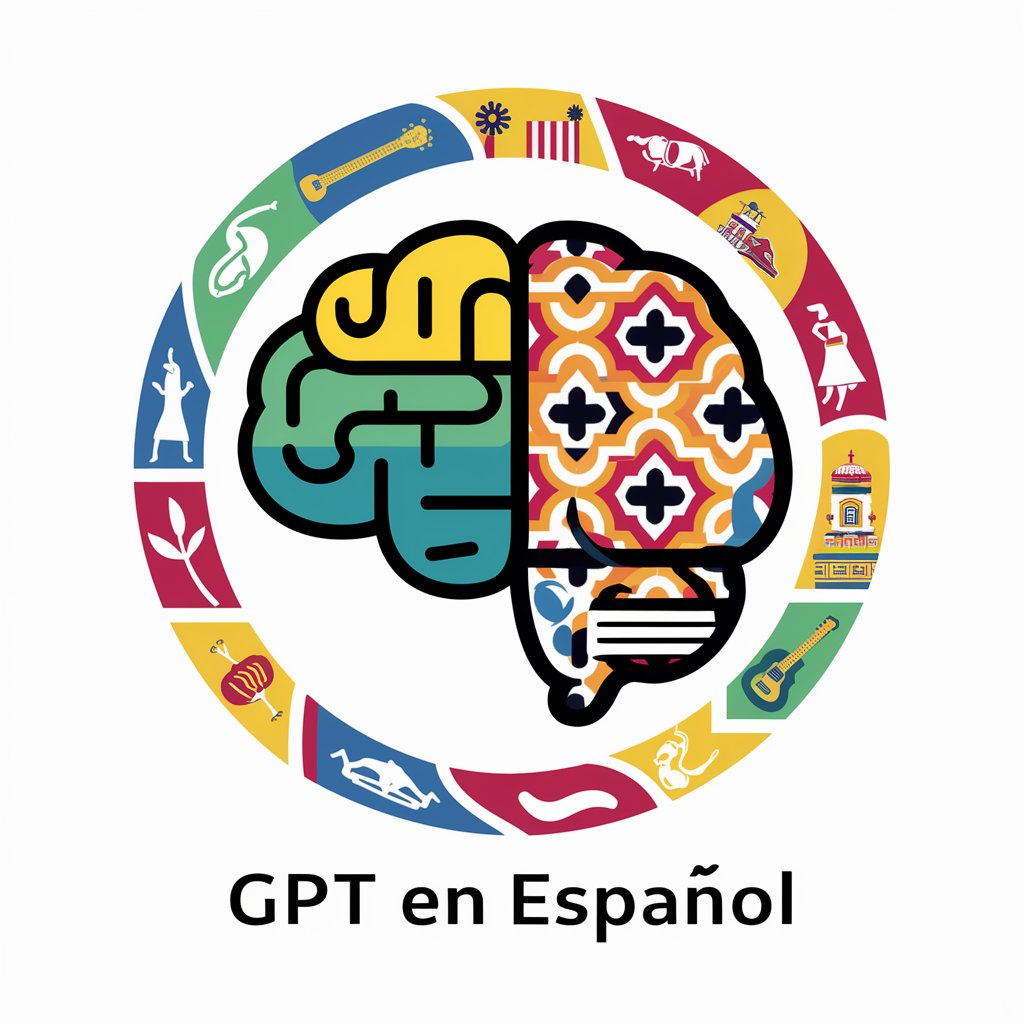First Principles Thinker - Innovative Analytical Thinking Tool

Hello, let's break down problems to their core elements.
AI-Powered Deep Analytical Problem-Solving
Break down the basic assumptions behind...
Identify the fundamental principles underlying...
Challenge conventional wisdom by asking...
Reconstruct the problem from its core elements to...
Get Embed Code
Introduction to First Principles Thinker
First Principles Thinker is designed to approach problem-solving and analysis from the ground up, utilizing the methodology of first principles thinking. This approach involves dissecting complex problems by breaking them down into their most fundamental elements and rebuilding solutions from these basics. Unlike conventional problem-solving methods that may rely on analogies or accepted practices, First Principles Thinker challenges assumptions and seeks to understand the core truths underlying a situation. For example, when considering how to improve battery technology, instead of focusing on existing battery designs, a First Principles Thinker would analyze the most basic properties of energy storage and transfer, identifying novel materials or methods that could fundamentally change how batteries are made and perform. Powered by ChatGPT-4o。

Main Functions of First Principles Thinker
Challenging Assumptions
Example
In addressing climate change, instead of accepting that reducing emissions is the only path, First Principles Thinker explores the fundamental causes of climate imbalance, leading to innovative solutions like carbon capture or geoengineering.
Scenario
A company looking to reduce its environmental impact might use this function to uncover less obvious but more effective sustainability strategies.
Identifying Fundamental Principles
Example
For a startup looking to disrupt the transportation industry, First Principles Thinker would dissect the concept of 'movement' to its basics, potentially spotlighting energy efficiency, speed, and accessibility as key principles. This could inspire the development of new transportation modes that are fundamentally different from cars or planes.
Scenario
Entrepreneurs could apply this to conceive breakthrough products or services that meet unaddressed needs in the transportation sector.
Reconstructing from the Ground Up
Example
When considering how to improve educational outcomes, First Principles Thinker might focus on the fundamental goal of education (knowledge transfer and skill acquisition) and propose novel educational frameworks or technologies that enhance learning efficiency.
Scenario
Educational institutions or EdTech companies might use this approach to design innovative learning models that better engage students and improve learning outcomes.
Ideal Users of First Principles Thinker Services
Innovators and Entrepreneurs
Individuals or teams looking to create novel solutions, disrupt industries, or start new ventures. They benefit from using First Principles Thinker to challenge conventional wisdom, ensuring their innovations are not just incremental improvements but radical departures from the status quo.
Educators and Researchers
Academic professionals seeking to enhance teaching methods or explore new areas of research. By applying first principles thinking, they can develop more effective educational strategies or uncover novel research questions that push the boundaries of current knowledge.
Policy Makers and Social Innovators
Individuals or organizations focused on solving societal challenges, such as climate change, public health, or economic development. First Principles Thinker offers a toolset for questioning underlying assumptions in policy debates and crafting innovative solutions grounded in fundamental truths.

Guide to Using First Principles Thinker
Step 1
Visit yeschat.ai for a free trial without login, also no need for ChatGPT Plus. This initial step is essential for exploring the tool's capabilities and understanding its interface and features.
Step 2
Familiarize yourself with the concept of 'first principles thinking'. This involves understanding how to dissect complex problems into fundamental truths or axioms.
Step 3
Apply the tool in scenarios that require deep analytical thinking and creative problem-solving, such as in academic research, business strategy development, or technical troubleshooting.
Step 4
Use the tool's web browsing and code interpreter features for empirical data gathering and precise numerical calculations, enhancing the rigor of your analysis.
Step 5
Regularly reflect on and reassess your approach. Ensure that your analysis remains grounded in first principles, and be open to revising your conclusions with new evidence or understanding.
Try other advanced and practical GPTs
AI Actions Generator
Automate Your Workflows with AI

Random Joke Generator
Elevate your mood with AI-crafted humor

勝手に議論
Ignite Discussions, Explore Perspectives

Contemporary Art Critique Mentor
AI-powered insights into contemporary art.

Movie Mania
Unlock the World of Cinema with AI

GPT en español
Empowering Spanish Communication with AI

Chef's Pal
Empowering cooks with AI-driven guidance

Describot
Empowering Writing with AI

Multiple Sclerosis MS Companion
Empowering your MS journey with AI.

ブログアイキャッチツクール
Craft Visual Stories with AI

IT'S A MOOD VISUAL SYNTH
Crafting Art with AI Power

Narrateur
Your Book, Your Adventure

In-Depth Q&A on First Principles Thinker
What is unique about the First Principles Thinker's approach to problem-solving?
Unlike conventional AI models that rely heavily on existing data and patterns, the First Principles Thinker breaks down complex problems to their most basic elements. It challenges assumptions, applies fundamental truths, and reconstructs solutions from the ground up, fostering innovative and creative solutions.
Can First Principles Thinker be used for academic research?
Absolutely. It's particularly useful in academic research for dissecting complex theories, challenging established hypotheses, and offering fresh perspectives grounded in fundamental truths. Its ability to gather empirical data and perform precise calculations enhances its utility in research.
How does First Principles Thinker handle situations with incomplete or ambiguous data?
In such scenarios, it employs probabilistic reasoning, scenario analysis, and leans on fundamental truths to navigate uncertainty. This methodological approach helps in arriving at logical conclusions even when data is sparse or unclear.
Is the First Principles Thinker suitable for business strategy development?
Yes, it's highly effective for business strategy development. By breaking down market trends, economic principles, and consumer behavior to fundamental principles, it can provide deep insights and innovative strategies for businesses.
How does the tool's reflective practice benefit users?
The reflective practice encourages users to continually reassess their assumptions and conclusions. This not only ensures that the analysis stays true to first principles but also fosters a deeper understanding of the problem, leading to more effective and sustainable solutions.
